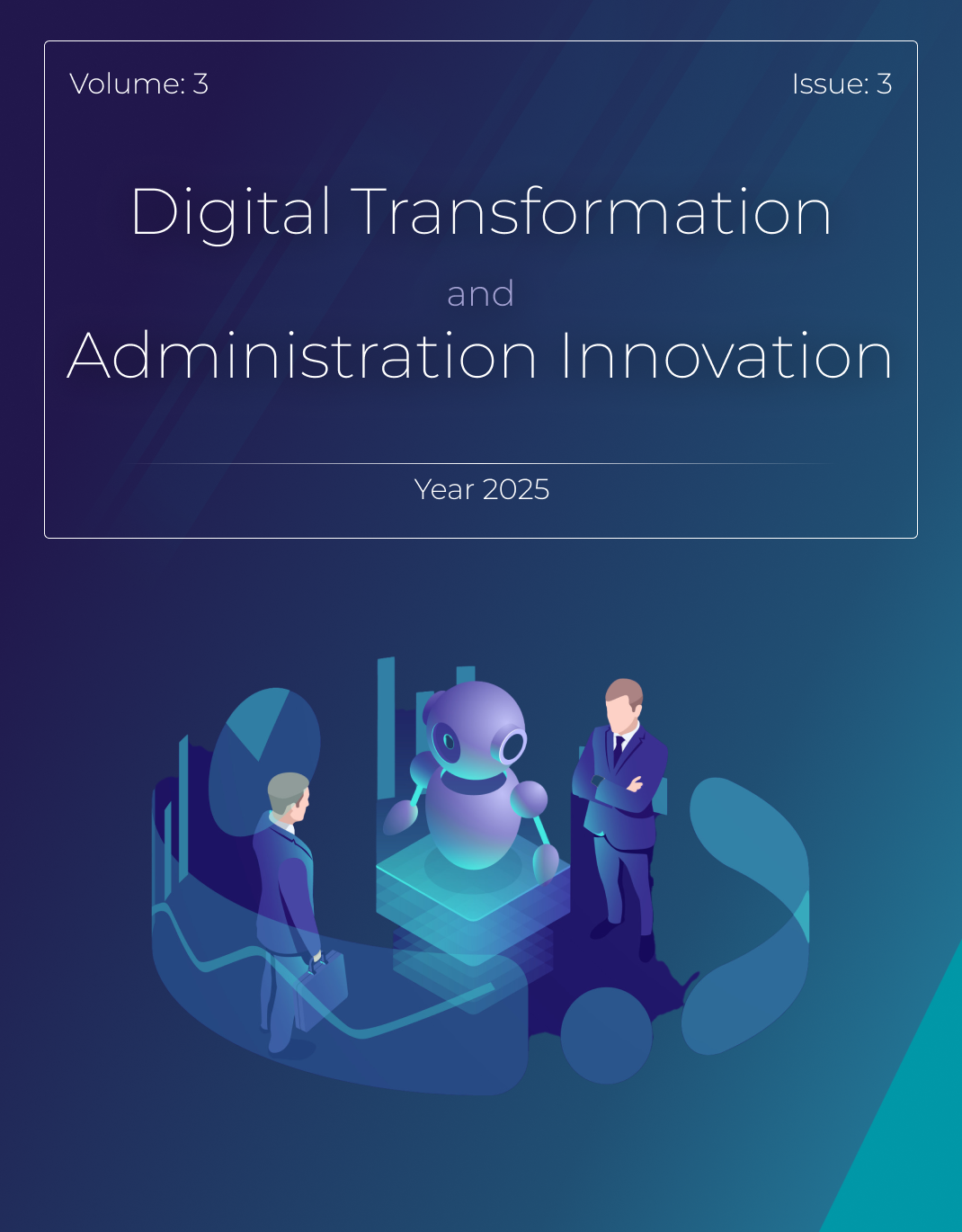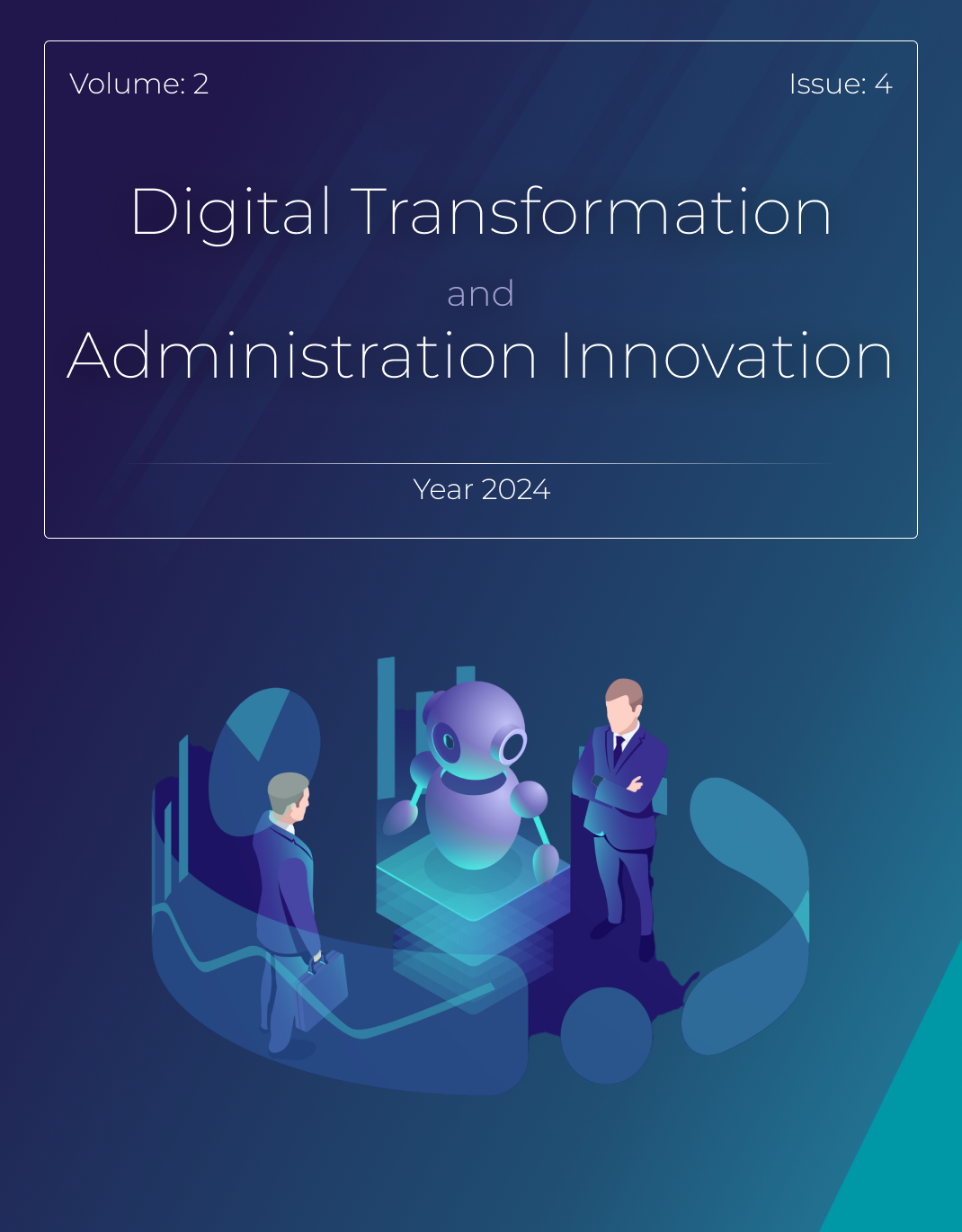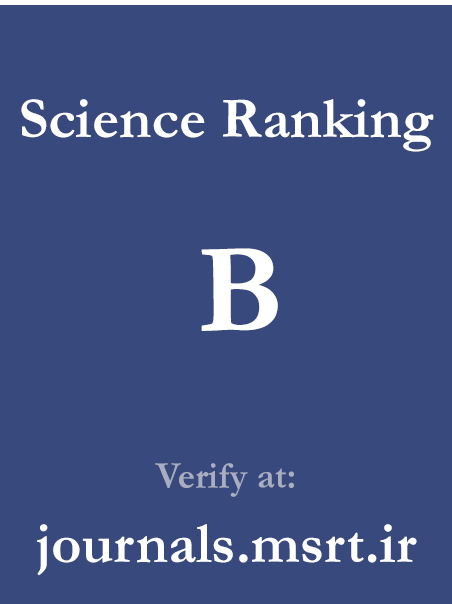About the Journal
Digital Transformation and Administration Innovation (DTAI) is an open-access, peer-reviewed journal dedicated to advancing the fields of digital transformation and artificial intelligence. The journal is a platform for researchers, practitioners, and policymakers to disseminate high-quality research and innovations that explore the intersection of these two transformative domains. In particular, DTAI focuses on the integration of digital technologies, artificial intelligence (AI), and machine learning techniques to foster more agile, sustainable, and efficient organizations, industries, and societal systems.
The journal provides comprehensive insights into how AI and digital transformation are reshaping businesses, governments, educational systems, healthcare, and other industries globally. It seeks to contribute to both theoretical and practical knowledge through the publication of empirical studies, case reports, conceptual papers, and reviews that explore the critical drivers and barriers of digital transformation and AI integration. The journal encourages interdisciplinary research that connects technology, business, and society while highlighting the ethical, organizational, and policy implications of these changes.
Digital Transformation and Administration Innovation serves as an essential resource for researchers, technology developers, managers, and policymakers, keeping them informed on the latest advances, trends, and best practices. By covering a wide range of topics, including AI, machine learning, IoT, blockchain, cybersecurity, and data analytics, the journal ensures that the most pressing issues of modern digital evolution are addressed from multiple perspectives.
Current Issue







